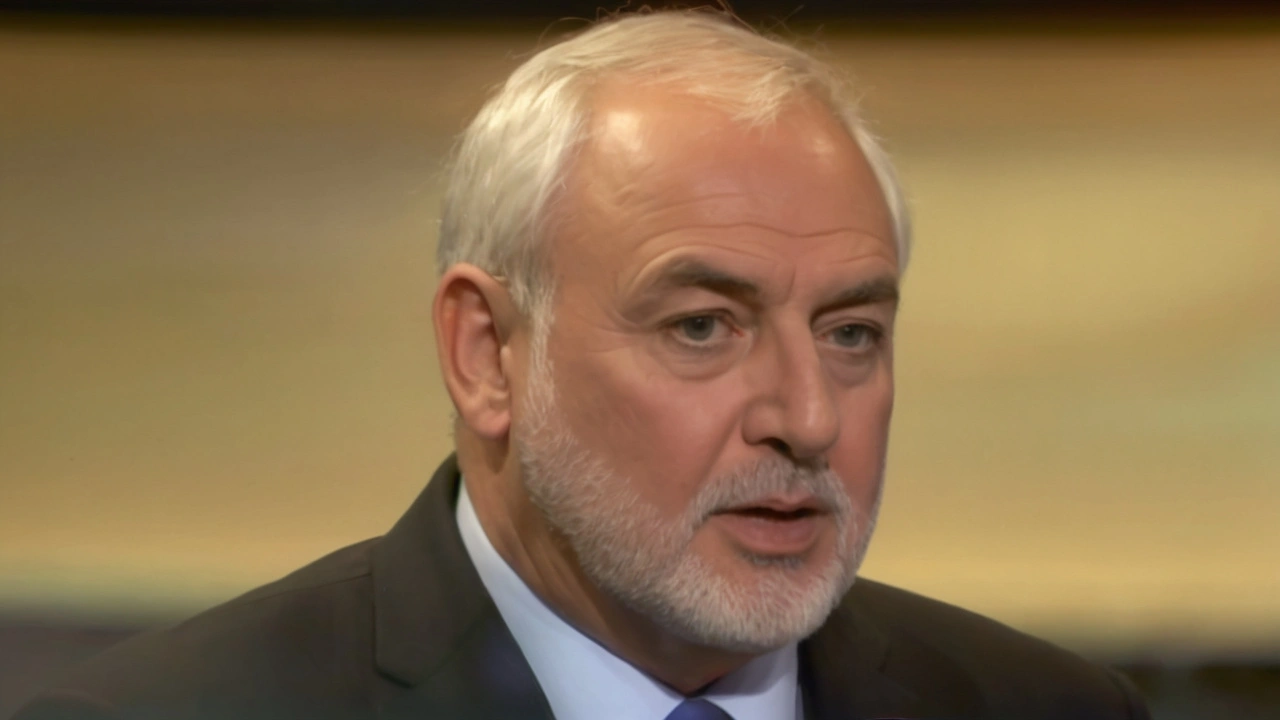Greenhouse Gas Emissions: What You Need to Know
Greenhouse gas emissions might sound complex, but they're something every one of us should understand. These gases, like carbon dioxide and methane, trap heat in the atmosphere and lead to global warming. That warming is changing our climate, causing unusual weather, rising sea levels, and more extreme storms. So, knowing what greenhouse gases are and where they come from helps us take steps to protect our planet.
Where Do Greenhouse Gases Come From?
Most greenhouse gas emissions come from burning fossil fuels—think coal, oil, and natural gas—used for electricity, heating, and transportation. For example, every time you drive a petrol or diesel car, you release carbon dioxide. Agriculture also plays a big role, producing methane from livestock and nitrous oxide from fertilizers. Even cutting down trees reduces how much carbon dioxide nature can absorb, making the problem worse.
What Can You Do to Reduce Emissions?
Cutting down your carbon footprint doesn’t have to be a hassle. Simple choices like taking public transport, biking, or walking instead of always driving can make a difference. Using energy-efficient appliances or switching to renewable energy at home lowers emissions too. And supporting sustainable food choices, such as eating less meat or reducing food waste, helps cut down agricultural greenhouse gases. Small changes add up, especially when many people join in.
The topic of greenhouse gas emissions can feel overwhelming but understanding it is the first step to cleaning up our planet. By knowing the sources and making smarter choices daily, we all contribute to slowing climate change and keeping Cape Town and the world safer for future generations.
Global Leaders Pledge to Slash Greenhouse Gas Emissions at Climate Summit
Over 150 countries participated in the recent climate summit, resulting in major pledges to reduce greenhouse gas emissions. Leaders like US President Joe Biden and China's Premier Li Keqiang announced ambitious targets to cut emissions. The summit stressed the need for urgent and collective action against climate change, though some believe more stringent measures are needed to meet global targets.

